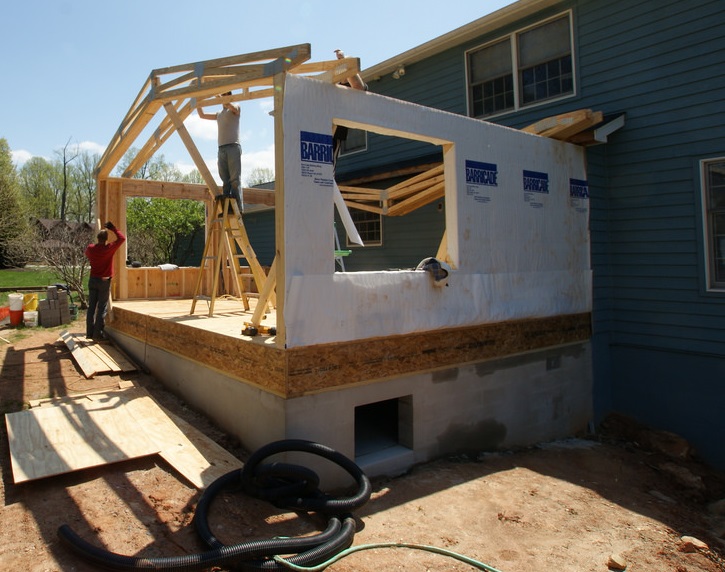The 2018 International Energy Conservation Code (IECC) applies not only to newly constructed buildings but also to additions and major renovations.
When Does the Texas Energy Code Apply to Existing Buildings?
🔹 New Additions (Conditioned Space)
✔ Additions must meet the same energy efficiency standards as new construction.
✔ New walls, ceilings, and floors must meet IECC-prescribed R-values for insulation.
✔ Windows and doors in additions must comply with Texas U-factor and SHGC limits.
🔹 Alterations (If Insulation or Mechanical Systems Are Replaced)
✔ If wall cavities are opened during renovations, they must be brought up to current insulation standards.
✔ If a roof is replaced, the new roof must comply with IECC insulation requirements.
✔ If a heating or cooling system is replaced, it must meet minimum efficiency requirements set by the IECC.
🔹 Repairs (Minor Work – Code May Not Apply)
🚫 Minor repairs (e.g., replacing a window pane, patching a roof, fixing ductwork) do not require full compliance.
✔ If more than 50% of a component is replaced, full compliance is required.
Testing Requirements for Additions in Texas
✔ Blower Door Testing for Additions
– If an addition creates a separate thermal envelope, it must pass blower door testing (≤5 ACH50 in Zones 2 & 3, ≤3 ACH50 in Zone 4).
– If the addition shares an air barrier with the existing home, total home testing may be required.
✔ Duct Leakage Testing for Alterations
– If existing ducts are extended, the entire system may need duct leakage testing.
– If new ducts are inside conditioned space, testing may not be required.
📞 888-213-3975 – Local Energy Audits – Certified testing for blower doors, duct leakage, and energy efficiency compliance.
